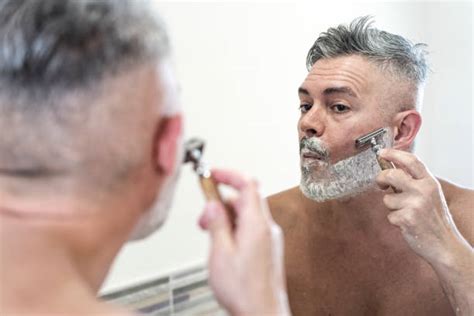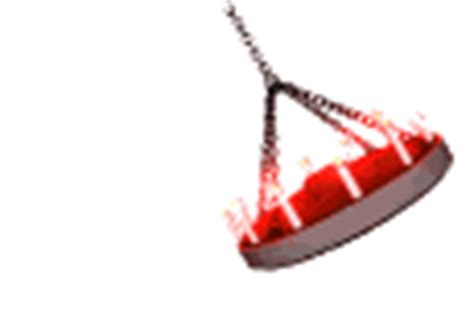Optimal shave technique to prevent ingrowns & razor burn for peak performance?

A close, comfortable shave is more than just a routine; it’s a foundational step for many in achieving a polished look and feeling confident. However, for countless individuals, this daily ritual can lead to frustrating issues like painful ingrown hairs and unsightly razor burn, undermining the very goal of a refined appearance. Understanding and implementing an optimal shaving technique is paramount not only for skin health but also for the psychological boost that comes from looking and feeling your best, ultimately contributing to your peak performance in all aspects of life.
The Foundation: Preparation is Key
Before any blade touches your skin, proper preparation is essential. Begin by washing your face with warm water or, ideally, shaving after a warm shower. The steam and heat help to soften your hair follicles and open up your pores, making the hair easier to cut. A gentle exfoliation can also be beneficial a few times a week to remove dead skin cells that might trap hairs, preventing ingrowns.
Next, apply a high-quality pre-shave oil. This creates a protective barrier between your skin and the razor, allowing for a smoother glide and reducing friction, which is a major contributor to razor burn. Massage it gently into your skin and allow it to sit for a minute or two before moving on to the next step.

Lather Up Right for a Smooth Glide
The choice and application of your shaving cream or soap play a significant role. Opt for a rich, hydrating cream or soap that creates a dense, creamy lather, not just airy bubbles. A good lather lifts the hairs, provides lubrication, and moisturizes the skin. Use a shaving brush to apply the lather in circular motions against the direction of hair growth. This action not only coats each hair evenly but also helps to lift them away from the skin, preparing them for a clean cut.
Master Your Blade and Technique
The razor itself is critical. Ensure your blade is sharp and clean. Dull blades are a primary cause of tugging, irritation, and razor burn. Replace disposable blades after 3-5 uses, or as soon as you feel any pulling.
- Shave with the Grain: The most crucial rule for preventing ingrowns and razor burn is to shave with the grain of your hair growth. For many, facial hair grows in different directions in different areas, so take the time to map your hair growth pattern. While shaving against the grain might offer a closer shave, it significantly increases the risk of irritation and hairs curling back into the skin.
- Short, Light Strokes: Use short, controlled strokes without applying excessive pressure. Let the sharpness of the blade do the work. Pressing too hard can cause the blade to dig into your skin, leading to nicks, irritation, and razor burn.
- Rinse Frequently: Rinse your razor under warm water frequently to clear away hair and cream buildup. A clogged razor is ineffective and can pull at your skin.
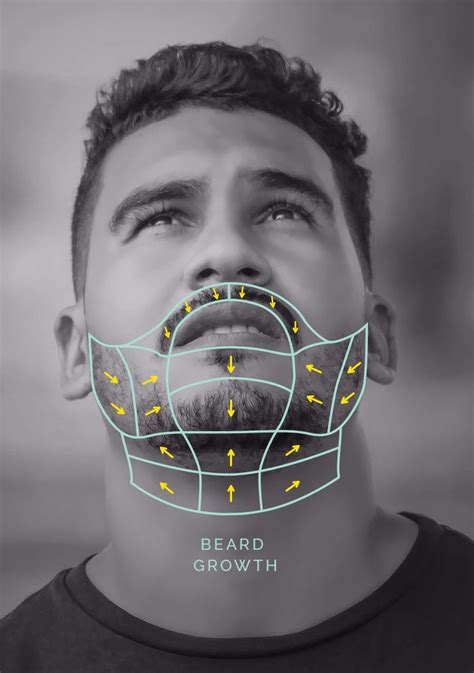
Post-Shave Perfection: Soothe and Protect
Once you’ve finished shaving, rinse your face thoroughly with cool water. This helps to close your pores and soothe the skin. Gently pat your face dry with a clean, soft towel – avoid rubbing, which can irritate freshly shaved skin.
Immediately follow with an alcohol-free aftershave balm or moisturizer. Alcohol can be drying and irritating, exacerbating razor burn. A good balm will rehydrate your skin, reduce redness, and provide a protective barrier. Look for ingredients like aloe vera, witch hazel, chamomile, or salicylic acid (in low concentrations for ingrown prevention).
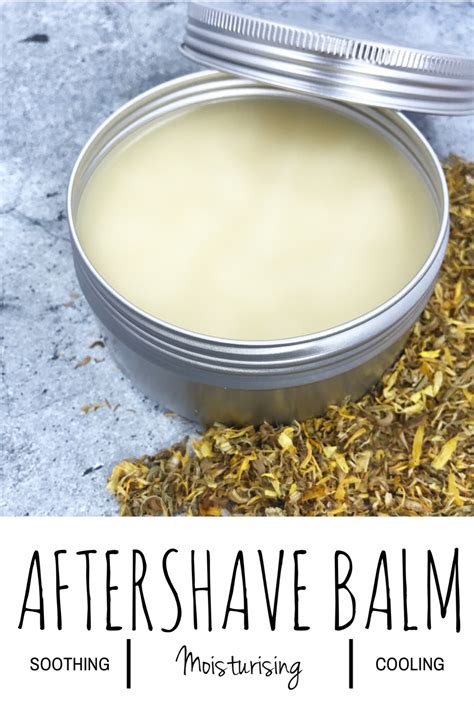
Maintenance for Lasting Smoothness
Consistent care extends beyond the shave itself. Store your razor in a clean, dry place to prevent bacterial growth and dulling of the blade. Regular, gentle exfoliation between shaves (2-3 times a week) can help prevent new ingrown hairs by keeping your skin’s surface clear. If you’re particularly prone to ingrowns, consider using a single-blade safety razor or an electric shaver, as they can be less irritating than multi-blade cartridges.
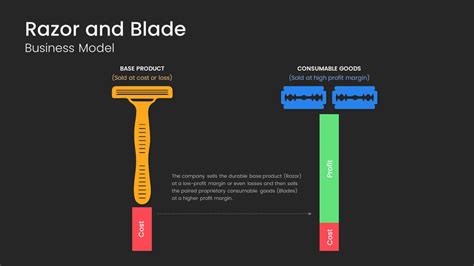
Conclusion
Achieving a smooth, irritation-free shave is an art that can be mastered with patience and the right technique. By prioritizing preparation, using quality products, understanding your hair growth, and following proper post-shave care, you can virtually eliminate ingrown hairs and razor burn. This dedication to optimal grooming not only ensures comfortable, healthy skin but also enhances your overall appearance, boosting confidence and setting the stage for peak performance throughout your day.






